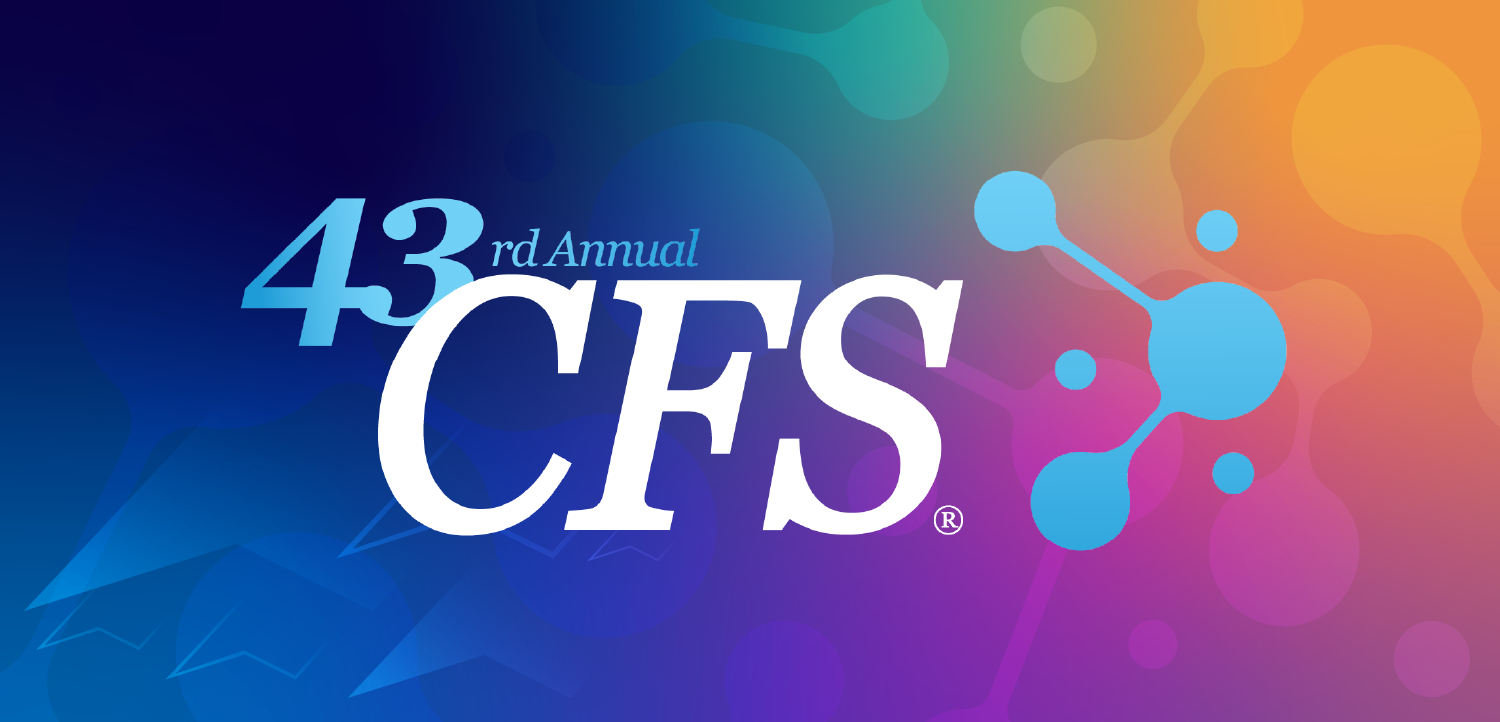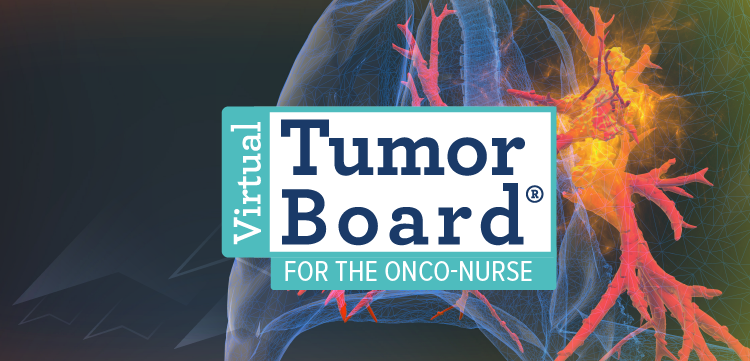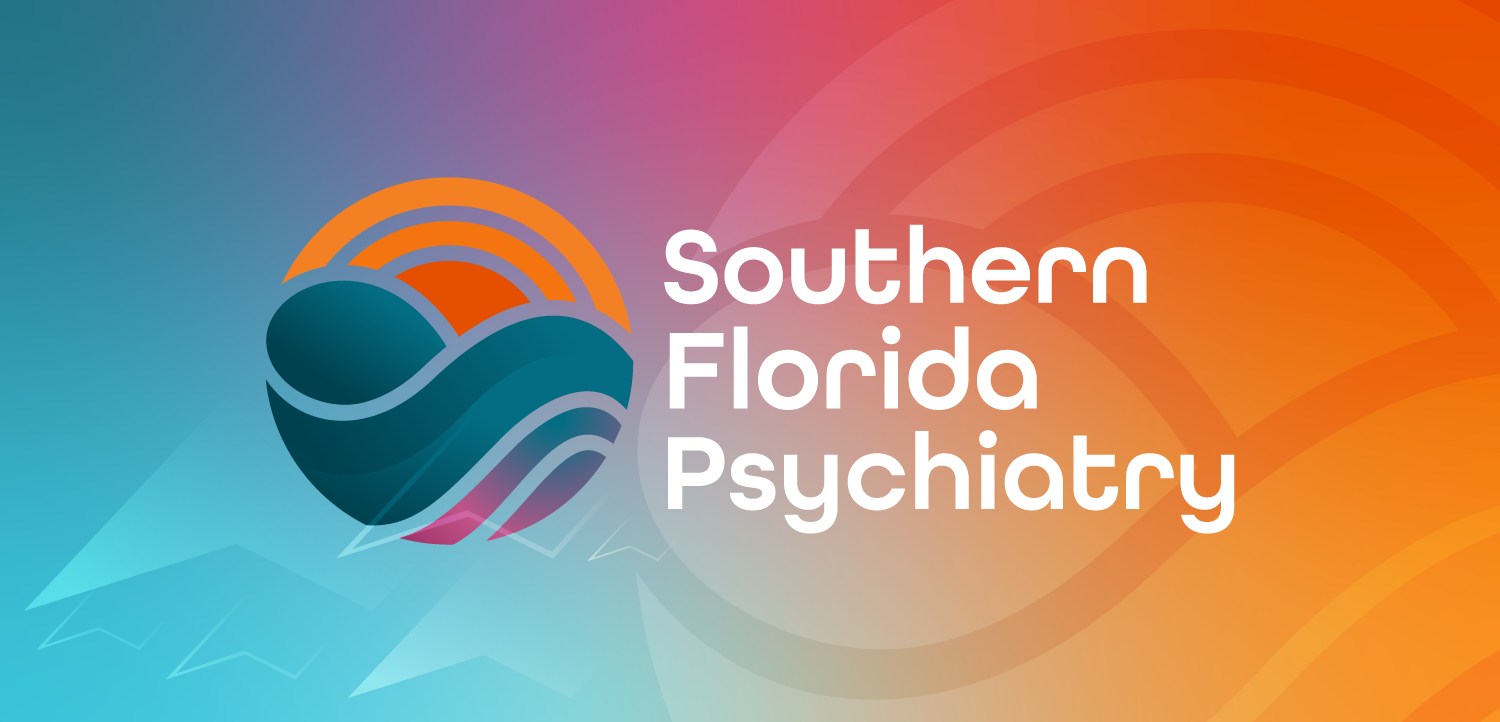
AI Model Shows Promise for Objectively Scoring Atopic Dermatitis Severity
The AI model showed high accuracy in detecting body parts and eczema areas, with strong correlation to physician assessments, researchers reported.
A novel artificial intelligence (AI) tool may help bridge the gap between patient-reported symptoms and clinical assessments of
Developed by researchers at Keio University School of Medicine and collaborators from Kyoto Prefectural University of Medicine, Teikyo University, and Atopiyo LLC, the AI model leverages over 57 000 images and symptom comments shared by over 28 000 users of Atopiyo, Japan’s largest digital AD platform. The model integrates 3 core components: a body part detection algorithm, a lesion detection system, and a severity scoring engine based on the Three Item Severity (TIS) scale, which evaluates erythema, edema/papulation, and excoriation (0–9 scale).1
“Many patients with eczema struggle to evaluate their disease severity on their own,” Takeya Adachi, MD, PhD, Department of Dermatology, Keio University School of Medicine, Tokyo, Japan, and the study’s corresponding author, said in a press release. “Our AI model allows for objective, real-time tracking using just a smartphone, empowering patients and potentially improving disease management.”2
Adachi and colleagues used Single Shot Multibox Detector and convolutional neural networks for lesion and body part identification and employed a stacking ensemble technique to derive the AI-based TIS (AI-TIS). They validated the model against dermatologist-assigned TIS scores and the SCORAD and objective-SCORAD indices.¹
Among a validation set of 220 images, AI-TIS scores showed a strong correlation with clinician-determined TIS (R = 0.73; P < .001). Additional comparisons in a subset of 15 patients yielded correlations of R = 0.61 with TIS (P = .01), R = 0.53 with objective-SCORAD (P = .04), and R = 0.4 with total SCORAD (P = .12). The AI tool achieved 98% accuracy in detecting body parts and 100% in identifying eczema lesions.1
However, AI-TIS scores showed only a weak correlation with patient-reported itch using the 0–5 Itch-NRS scale (R = 0.11; P < .001), reaffirming the clinical observation that subjective pruritus intensity does not consistently align with visible disease severity. This highlights the value of incorporating objective digital biomarkers in chronic dermatologic disease management.1
The participant pool (n = 900) had a median age of 33 years (range: 2–71) and was mostly women (68%). Median disease duration was 25 years. The investigators emphasized the model’s potential to support remote monitoring, especially in primary care and teledermatology settings.1
“The AI model developed in this study has the potential to help patients with AD objectively assess their skin condition, facilitating timely and appropriate treatment,” investigators concluded. “This study lays the groundwork for future advancements in AI-driven dermatological assessments, enhancing both patient care and clinical research.”1
References:
1. Okata-Karigane U, Hirota M, Takahashi C, et al. AI-based objective severity assessment of atopic dermatitis using patient photos in a real-world setting: A digital biomarker approach. Allergy. Published online May 19, 2025. doi:10.1111/all.16586
2. AI Tool Enables Real-World Assessment of Eczema Severity via Smartphone Photos. News release. Keio University School of Medicine. May 20, 2025. Accessed May 30, 2025.
Newsletter
Enhance your clinical practice with the Patient Care newsletter, offering the latest evidence-based guidelines, diagnostic insights, and treatment strategies for primary care physicians.


























































































































































































































































































